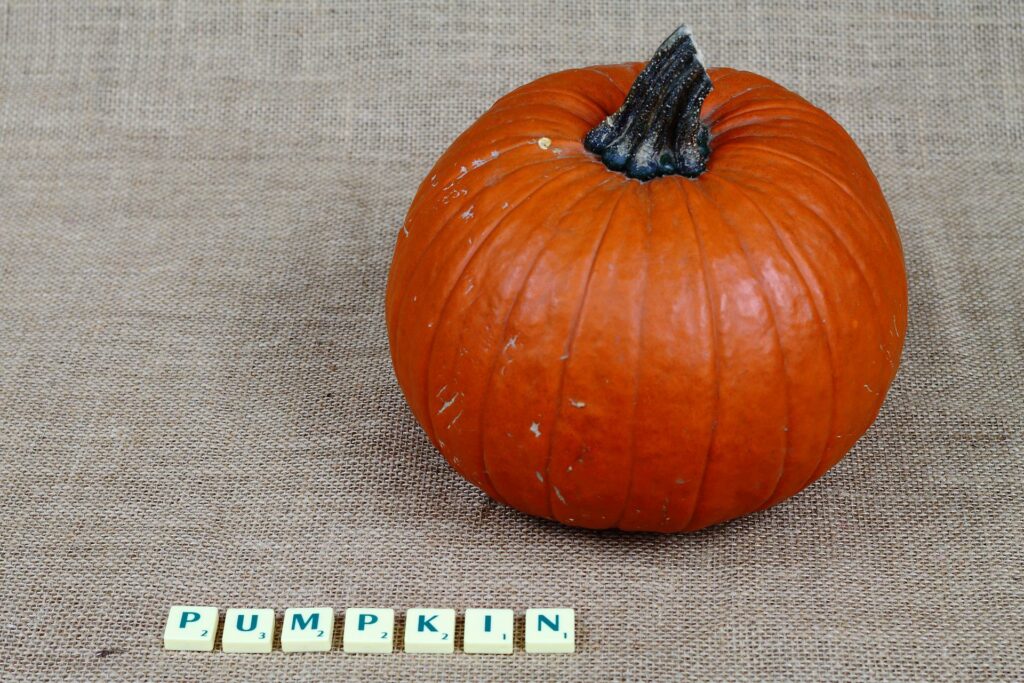What is Universal Design for Learning?
Universal Design for Learning (UDL) is a framework which aims to optimize learning by identifying and removing barriers in the design of instructional materials, methods, and assessments (CAST, n.d.). In other words, it is a pedagogical approach which focuses on minimizing barriers to make learning effective for everyone. Although I have not experienced many barriers to learning, I recognize there are limitations in the design of instruction which prevents learning to be maximized for everyone. While taking an ethics class at UVic, a student provided a guest lecture in which she recounted her experiences in classrooms as someone who is hard of hearing. During this lecture, the student expressed she felt her opportunity for learning was minimized due to the barriers she faced. For instance, videos shared in class without subtitles, and instructors who spoke too fast or too quietly were only a few of the problems she faced. While this student’s ability to learn was diminished, it was not because she lacked the capacity to understand the material. Rather, the design of how instruction was delivered acted as a barrier to her learning. For a quick summary of UDL, please watch the video below:
How Our Interactive Learning Resource Will Meet Learners’ Needs
There are three UDL guidelines designed to improve learning: engagement, representation, and action and expression. The engagement guideline supports learner self-efficacy by planning for several different pathways which can be taken to achieve learning (James, 2022). One way in which my group has fulfilled this guideline in our Interactive Learning Resource (ILR) is by fostering collaboration and community (CAST, 2018). In particular, we plan to encourage discussion by putting students into cooperative learning groups where they can discuss our ILR’s topic. However, to further fulfill this guideline, one area my group should consider is to “minimize threats and distractions” (CAST, 2018). This checkpoint of the engagement guideline emphasizes the importance of creating a safe space for learners (CAST, 2018). As mentioned in the feedback for our blueprint, some learners may not feel safe sharing their ideas during a class discussion; therefore, my group should consider adding alternate access points, such as journals, to ensure all students feel comfortable participating.

The representation guideline is designed to provide learners with a choice in how they access information and materials (James, 2022). Considering my group’s topic is stress and our ILR is intended for elementary/middle school students, we decided to use a simplified definition of stress. In doing so, we fulfilled the “clarify vocabulary and symbols” checkpoint of this guideline by providing a definition which considers the learner’s experience and prior knowledge (CAST, 2018). To fulfill the representation guideline further, my group should consider offering alternatives for auditory information (CAST, 2018). For instance, my group plans on using various educational YouTube videos as a learning resource for students; however, to ensure learning is accessible to all learners, we should consider using videos with closed-captioning: studies show captioning improves comprehension for people who are hard of hearing, or whose first language is not English (Gernsbacher, 2015). If videos with captions are unavailable, perhaps my group can provide students with written transcripts instead.

Lastly, the purpose of the action and expression guideline is to provide learners with different options to demonstrate their knowledge or skills (James, 2022). Upon review of my group’s blueprint, I noticed most of the activities we planned requires students to physically write out information, or speak in class discussions to participate. Given this, it may be beneficial for my group to consider offering alternative means for students to respond to different activities. For example, to “vary the methods for response and navigation,” perhaps my group can offer students the option of using technology to convey their knowledge (CAST, 2018). Regarding one way in which my group has fulfilled this guideline, we made sure to use alternative media for learners to express themselves. Although not noted in our blueprint, one exercise we planned is a “what’s on my plate” activity. During this activity, students write about their different stressors on paper plates, and using such physical manipulatives enables “learners to develop a wider range of expression in a media-rich world” (CAST, 2018).
Overall, the UDL guidelines are an effective reference to minimize barriers when designing instructional materials and methods. In reducing such barriers to education, we can ensure learning is universally accessible for everyone.
References
AHEAD. [AHEAD]. (2017, November 2). What is universal design for learning (UDL)? [Video]. YouTube. https://youtu.be/AGQ_7K35ysA
CAST. (n.d.). About universal design for learning. https://www.cast.org/impact/universal-design-for-learning-udl
CAST. (2018). Universal design for learning guidelines version 2.2. Retrieved from http://udlguidelines.cast.org
Gernsbacher, M. A. (2015). Video captions benefit everyone. Policy insights from the behavioral and brain sciences, 2(1), 195–202. https://doi.org/10.1177/2372732215602130
James, H. (2022, April 5). Universal design. EDCI 335 – Learning Design for Technology-Mediated Environments. https://edtechuvic.ca/edci335/universal-design/
Pixabay. (n.d.-a). [Image of learning group]. https://pixabay.com/vectors/african-asian-black-brown-cartoon-2029984/
Pixabay. (n.d.-b). [Image of subtitles]. https://pixabay.com/photos/subtitles-writing-scrabble-word-4546080/
Leave a Reply